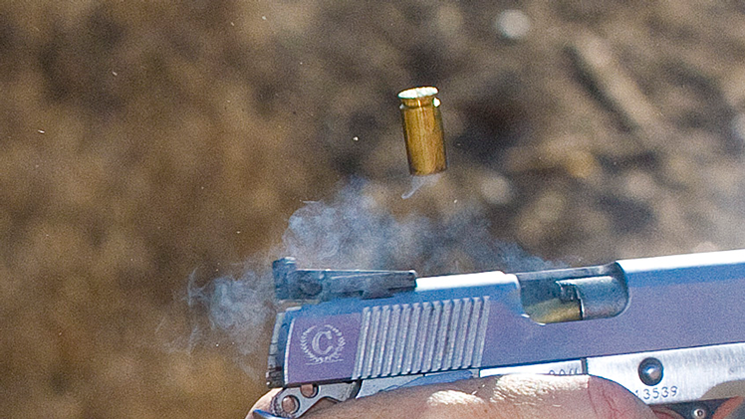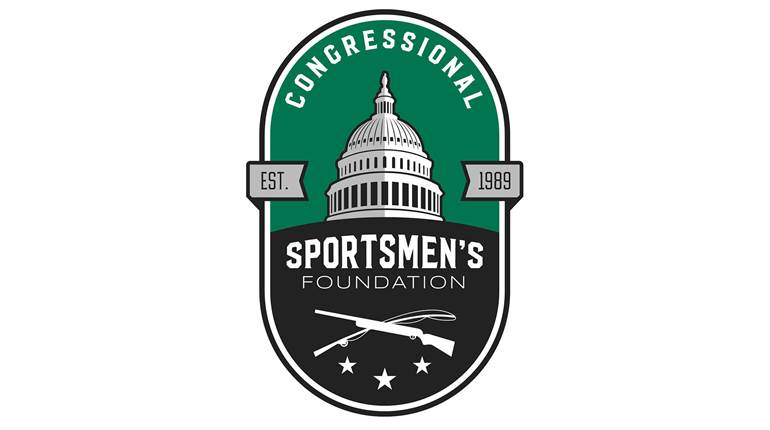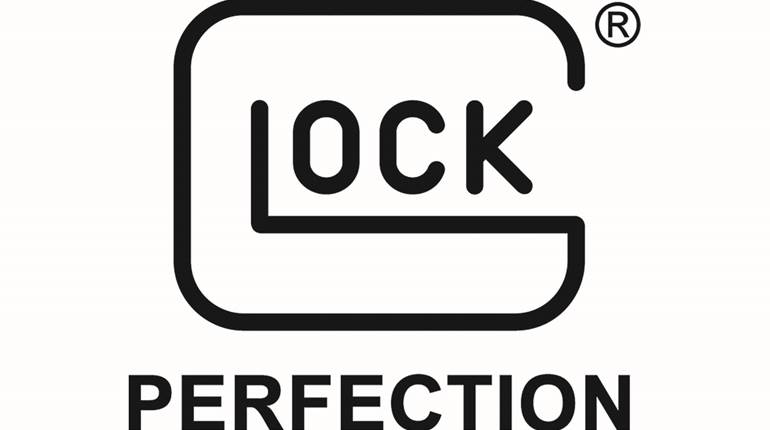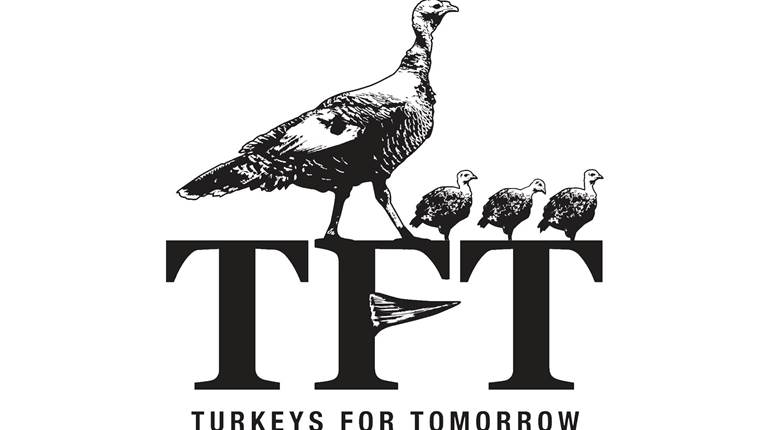
As if impact ratings aren’t confusing enough, an increasing glut of eye-protection counterfeits are flooding the market, and the odds are good one or more of your fellow shooters are donning inferior off-shore products with untested and potentially dangerous sub-par performance. National Safety Month is a good time to take a close look at what’s in your range bag.
We all know eye protection is mandatory when the range is hot, whether you’re behind the trigger or a spectator two rows back. Lead splatters off steel targets, brass flies and pellets bounce, but they’re the least common of your worries. Some of that oil you’ve religiously applied and grime you missed during cleaning gets airborne at high speed, and if it heads your way the only thing between your eyes and—if you’re lucky—a painful rest of the day, are those lenses.
Shooting glasses with Z87 marked somewhere on the frame or lenses are great at stopping the common dust and grime, but considered nominal for firearm enthusiasts. In 2003, the American National Standards Institute added a Z87+ designation, and optics rated for high-velocity impact wear that label. The improvement between the two is significant and things were elevated more with new Z87-2010 standards seven years later.
The military needs a lot more from its eye protection, though, and it increases the requirements with painful regularity and confusing designations. Revision Military keeps up with the mess to avoid losing military sales, and all the eyewear it currently offers meets or exceeds, “MIL-PRF-32432, clause 4.4.3.3.4; MIL-PRF-32432, clause 4.4.3.3.5, and EN166,” according to its website.
Glasses with those ratings are probably the best on the market for shooters today, one of the reasons cheap knockoffs have hit the market. And counterfeiters willing to pirate logos could care less about fake impact-rating labels or their potentially disastrous consequences. In January, 2016, two importers were busted selling Revision lookalikes that couldn’t even pass the most basic ANSI test.
Revision isn’t the only target. In fact, Oakley’s problem is significant enough that it’s established a web page to report suspected counterfeits—so-called Foakleys.
Inferior, but photogenic products from overseas are flooding our shores, and the effect on shooters can be disastrous. “BLACKHAWK! has been and is actively working with the U.S. Customs and Border Patrol and other agencies to prevent counterfeit products from being sold by sellers on various auction and consumer websites,” the company’s website warns. “For the safety of our consumers and protection of BLACKHAWK!’s reputation in the marketplace, we wish to remind consumers that, if a deal seems too good to be true, it most likely is.”






















![Winchester Comm[94]](/media/1mleusmd/winchester-comm-94.jpg?anchor=center&mode=crop&width=770&height=430&rnd=134090756537800000&quality=60)
![Winchester Comm[94]](/media/1mleusmd/winchester-comm-94.jpg?anchor=center&mode=crop&width=150&height=150&rnd=134090756537800000&quality=60)












